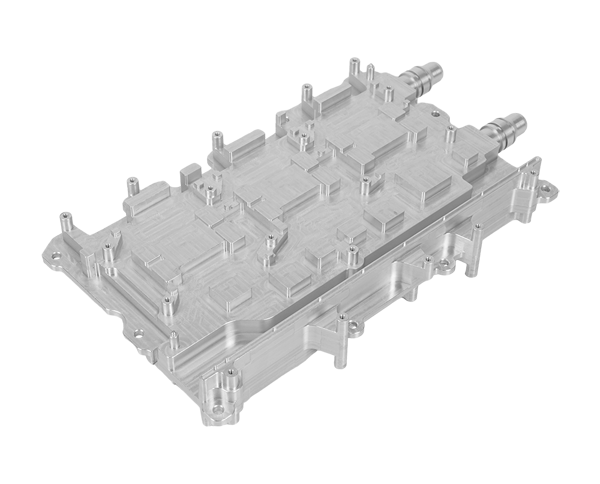2024-06-27 hits:0 source:corten steel fabricators

1、 Regarding the issue of thermal fatigue cracking and damage, during mold production, the mold is subjected to alternating cold and hot temperatures, resulting in surface and internal deformation and repeated cyclic thermal stress. This leads to secondary damage and loss of toughness of the casting, ultimately resulting in the appearance of small cracks. Once micro cracks appear, they will continue to expand, leading to mold damage. Therefore, preheating is necessary to prevent them. During the die-casting production process, the mold needs to be maintained at a certain working temperature to avoid early cracking failure. 2、 Fragmentation, under the impact of injection force, cracks may appear at the weakest point of the die casting mold, especially the electrical machining marks that have not been polished. When the grain size is coarse, it is easy to fracture. Therefore, scratches and electrical machining marks on the surface need to be polished, and the pouring system should also be polished. 3、 There are many types of materials for dissolution and die-casting molds, and each material has different hardness. If the mold has high hardness, its corrosion resistance is good. If the surface is soft, it will affect the corrosion resistance. In addition, the melting point of each material is also different, and sometimes dissolution may occur.
Read recommendations:
Common Surface Treatment Processes for Aluminum Alloy Die Casting
